Friday Frivolity no. 8: The World's Most Beautiful Dress
or at least my favorite dress
This is an installment in the section Friday Frivolity. Every Friday, you’ll get a short essay, plus a moodboard, 3 things I’m currently in love with, words of wisdom from what I’ve been reading lately, a little shimmer of poetry, a “beauty tip,” and a question to spark thought.
—
The World’s Most Beautiful Dress
For no one can convince me it does not deserve that title. Every woman has a closet of dreams, a fantasy armoire, a dresser where lie the skirts and blouses of her reveries, and though she knows their cloth is only the sheer stuff of illusion and delusion, a mere fabrication, she cherishes it nevertheless. One must always cherish one’s dreams. Not for the dream in and of itself, but for the iridescent pleasure that is the act of dreaming. Of course, by “every woman,” I mean myself, and the dress that chiefly occupies this chimerical closet space is Look 18 in Alexander McQueen’s Spring 2003 collection “Irere,” also known as the “oyster dress.”
It is a shipwrecked dress, or at least a dress dreaming of shipwrecks. It demands wind and wave, billows upon billows, motion through matter, to bring it to full expression of itself. Tattered above the waist, on its right shoulder shredded ribbons of silk chiffon trail like the strands of a jellyfish or salt-worn seaweed, while the left side is stripped to a delicate boning, some net to hide the breast and side, thin as skin itself. The skirt undulates in layers upon layers of froth—so many folds, so many involutions, so many laminae, that it is heavy just to look at, but heavy as the sea is heavy, full of wild queenliness. White would not suit it; in its sandy hue, it is both pure and organic, an ancient thing, washed up from the primordial ages of our world. A woman could have lain in it for a thousand years upon the ocean floor until, pierced by a sudden splinter of sunlight, roused by some reverberation of the deep, she is called upon to rise to the world above. There, she would step out of the sea like Aphrodite, smiling inwardly.
“Irere” is said to mean “transformation” in an Amazonian language. This is a dress for a woman who has been transformed by time and by experience, who has been shaped by the waves and vicissitudes of her life. In the video that plays at the beginning of the runway show, a woman twists and turns underwater, wrapping herself in tendrils of chiffon, the sun gleaming down through the water. She struggles; she fights. Shipwrecked, she may appear to be frail, but dignity and beauty never abandon her.
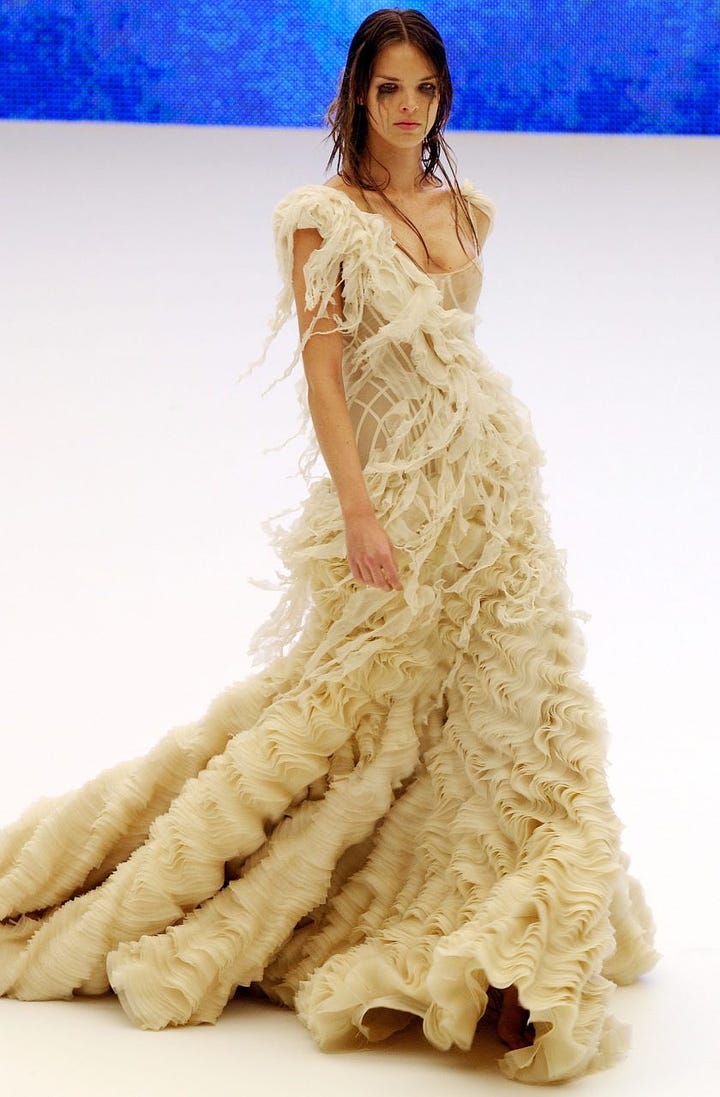
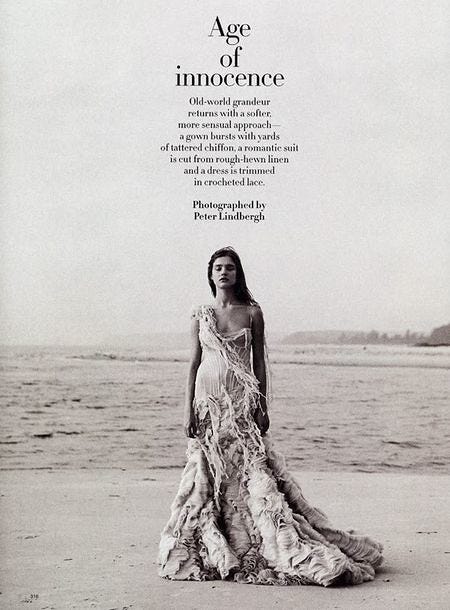
In McQueen’s work, one often finds this combination of fragility and power, gentleness and violence, feminine and masculine, soft and hard. Other designers may also play with these opposites, but the result is usually disjointed and chaotic. For McQueen, on the other hand, they combine seamlessly, like two horses yoked to the same chariot; they are of one mind and literally of one fabric. If this fabric has a philosophy sewn into it, it is that only one who has known violence can be truly gentle, that the silk lining of strength is fragility. “Beauty can come from the strangest of places,” McQueen once said.
Mood Board of the Week
(left to right, top to bottom)
Olga Pantushenkova at John Galliano Fall/Winter 1995: This collection, Dolores, was inspired by the Mexican actress Dolores del Rio’s passionate correspondence with the man who would become her first husband. The inspiration allowed Galliano to draw on his own upbringing in Gibraltar, resulting in the collection’s beautiful flamenco dresses. Merely four months later, Galliano was named the creative director of Givenchy, before he would move to Christian Dior a year later to revive that house in truly magnificent fashion.
Andy Warhol, Mexican Flowers (1961): I’m not sure how well I like much of the pop art Andy Warhol is known for, but his drawings feel much more human to me, and I love how that's combined here with the bright colors of pop art to create something joyous and exuberant. In a statement for the exhibition Andy Warhol: By Hand, the New York Academy of Art highlighted Warhol’s classical studio art training and “his belief in the primacy of drawing.”
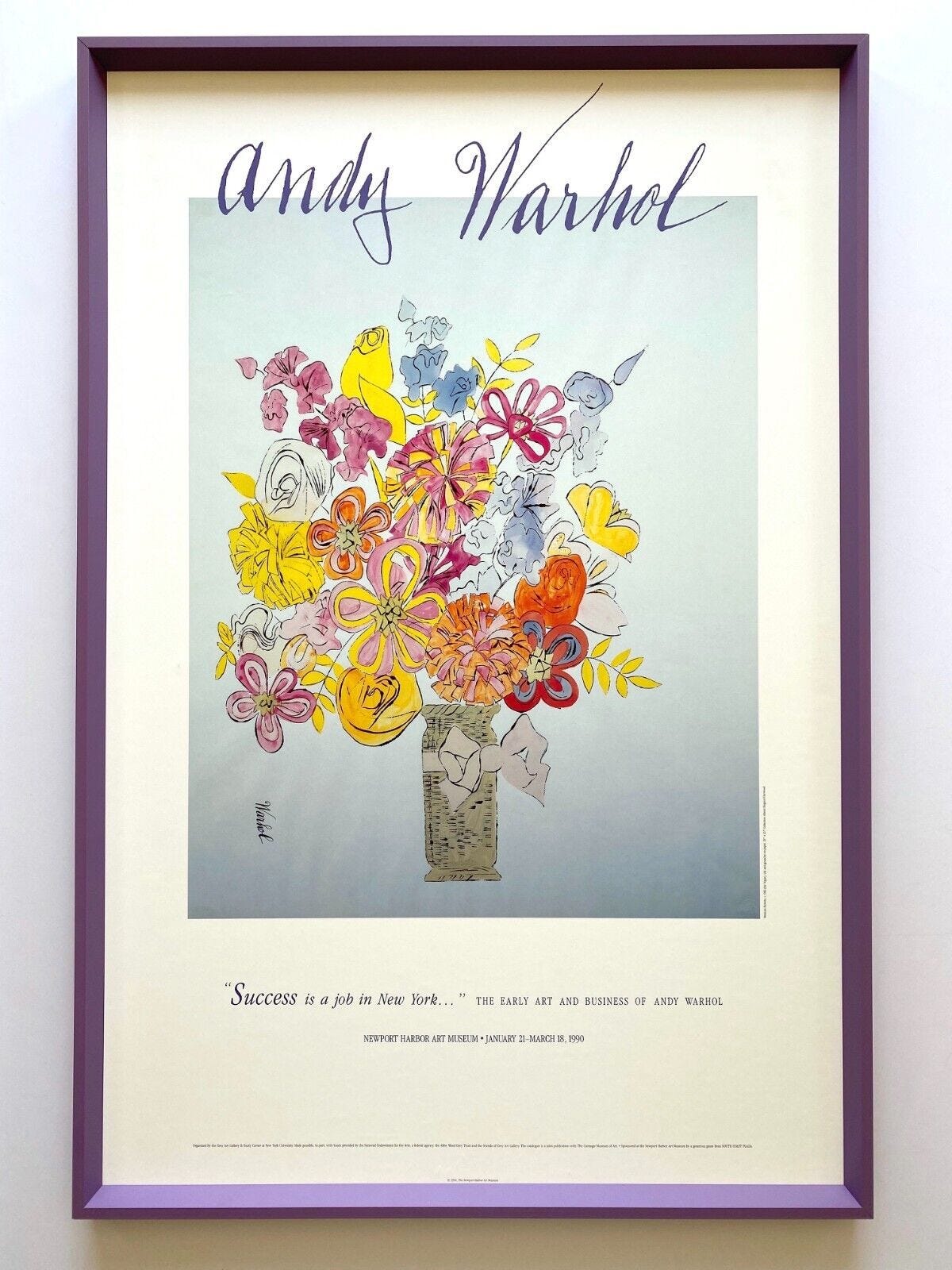
similar Warhol drawing for a poster currently being sold on eBay René Gruau (1909–2004), En robe jaune sur canapé bleu: René Gruau, believe it or not, was born Renato Zavagli Ricciardelli delle Caminate, the son of an Italian count. For his love of art, he rejected his father’s path and began an illustrious career as a fashion illustrator, starting from the age of 14. As Dior’s artistic director for advertising, he helped codify the New Look, and he collaborated with many other well-known designers. Of the women in his drawings, a biographer once wrote: “They float, they appear, they disappear as if they had neither body nor flesh.”1
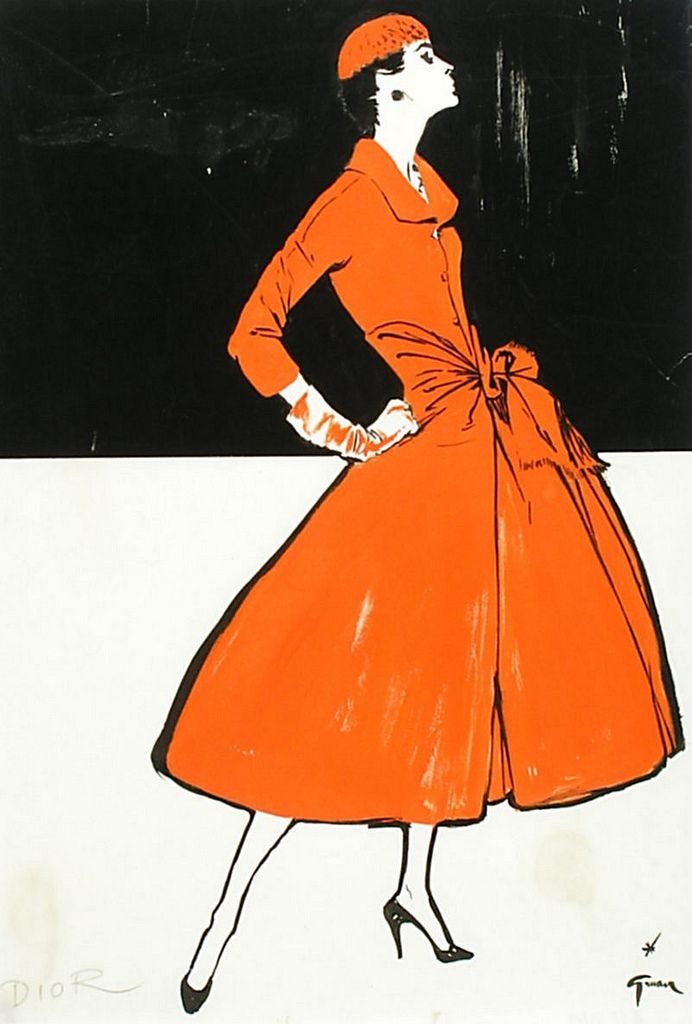
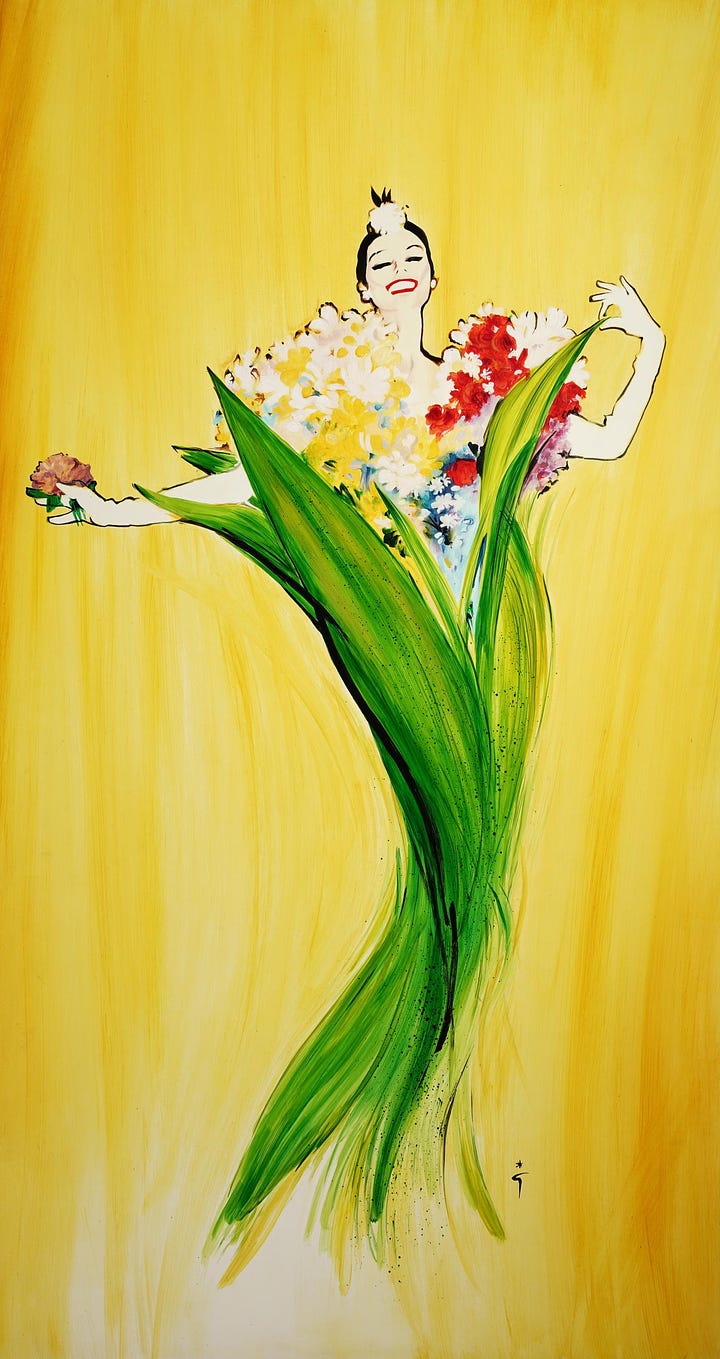
René Gruau illustrating Dior's New Look / René Gruau for Dior's perfume Diorissimo Brooklyn Bridge, downtown Manhattan, and the Twin Towers, from Inside New York by Paolo Fontana (1991): I chose this photograph for its blue hue and the way it dreamily captures a city whose busyness seems antithetical to dreaminess. Here it seems suspended in an eternal twilight, a city more of imagination than of concrete and iron girders.
Submerged Table from the Kumpula Botanic Garden, Helsinki, Finland: If a mermaid was to host a dinner party, this is where she’d have it.
Gustave Caillebotte, The Plain of Gennevilliers from the Hills of Argenteuil (1888): Gustave Caillebotte (1848–1894) was a French painter who infused elements of the new Impressionist style into the old academic style, creating his own distinct visual language. Born into a wealthy family, he became the financial backer for the first Impressionist exhibitions and purchased works by several well-known Impressionist painters.
1950s UK Guerlain Mitsouko advertisement: Mitsouko is a Guerlain classic, created by perfumer Jacques Guerlain in 1919. It was inspired by the fictional love between a British officer and Mitsouko, the wife of a Japanese admiral, during the Russo-Japanese War. I love the elegant, Art Nouveau design of the bottle and the simple, poetical way it is photographed here.
Interior from Decorating with Pictures by Stephanie Hoppen (1991): I love looking at old-fashioned interiors, and here I like the way that the two flower paintings mirror each other, give a little more color to the room, and echo the gilt of the chandelier and sconce with their frames.
Pastries, photographed by givesmehelll on Flickr: What can I say? Sometimes all a girl needs to be happy in life is a little pastry.
3 Things I’m in Love With This Week
The ability to stop ruminating, overthinking, and looking for explanations: Sometimes you just have to accept that certain things are beyond your knowledge or understanding, especially when it comes to the motives of other people, that it's fruitless to keep asking “why?” after some hurt or injustice, and that it may not really be that deep after all—sometimes people are just insensitive, stuck in their own narrow frameworks of thought, have their own priorities, don’t know how to deal with a situation as well as they act like they do, or selfish. Don’t waste your time, and keep it moving.
“The Right Kind of Stubborn” by Paul Graham: I always like reading Paul Graham’s essays for their insight and instructiveness, even if the prose style is a little bare bones for me. Here, Graham begins with the commonly held belief that determination is an important ingredient for success—this is true, but surely there is a difference between useful persistence and mere obstinacy. He explores that difference, and then argues that the persistence needed to solve hard problems is really a composite of five qualities: energy, imagination, resilience, good judgment, and “a focus on some kind of goal.” It's worth thinking about how we might develop those qualities within ourselves.
My old websites: As a preteen/teenager, I used to spend countless hours online making websites and designing graphics. None of these ever really took off as blogs—my Substack is my most successful attempt when it comes to staying consistent with actually posting—but I really love the spirit of fun and exploration from those days before the Internet became super commercialized and computer science became this big profession lots of people entered just to make money.
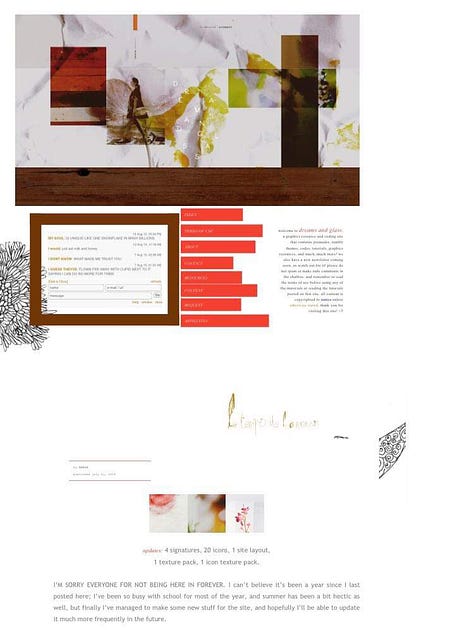
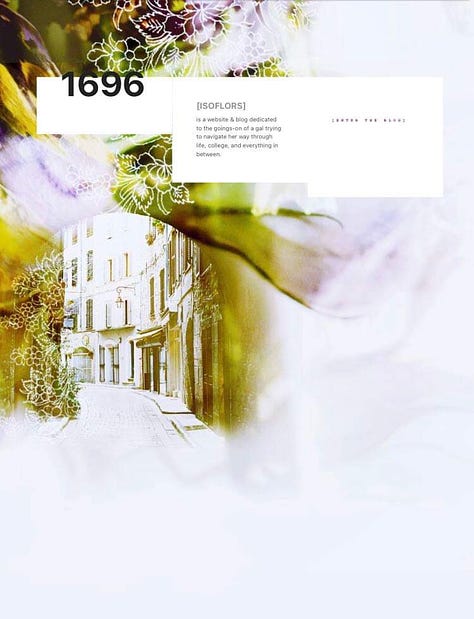
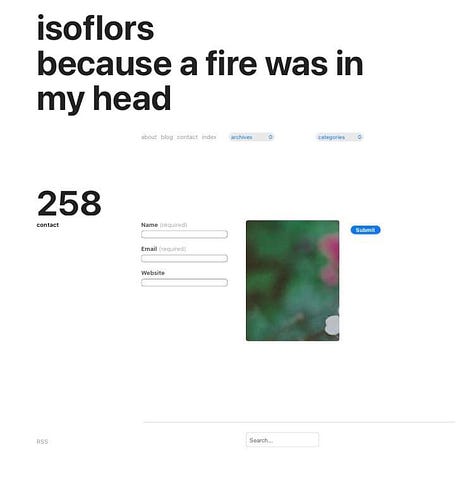
my old websites
Words of Wisdom
All will be acquired in stillness and made divine in silence.
—Søren Kierkegaard, Either/Or
Poetry Corner
Vertue
Sweet day, so cool, so calm, so bright, The bridall of the earth and skie: The dew shall weep thy fall tonight, For thou must die. Sweet rose, whose hue, angrie and brave, Bids the rash gazer wipe his eye: Thy root is ever in its grave, And thou must die. Sweet spring, full of sweet dayes and roses, A box where sweets compacted lie; My musick shows ye have your closes, And all must die. Onely a sweet and vertuous soul, Like season’d timber, never gives; But though the whole world turn to coal, Then chiefly lives.
—George Herbert
George Herbert (1593–1633) was an English poet, priest, and orator who was known for his deeply devotional and lyrically precise verse. Of all the metaphysical poets, my favorite has always been John Donne, but the somewhat quieter pleasures of Herbert have begun to grow on me.2 On his deathbed—he died of tuberculosis at the age of 39—Herbert requested a friend to publish his book of poetry, The Temple; it became immensely popular and was reprinted over 20 times in the next half-decade.
In this poem, Herbert contrasts “a sweet and vertuous soul” with the “sweet day,” the “sweet rose,” and the “sweet spring,” which is composed of both sweet days and sweet roses. The day, rose, and spring, no matter how sweet, “must die.” However, the sweet soul that is virtuous “chiefly lives.” It is in light of this contrast that we can understand some of the stranger images and conceits of the poem.
The comparison with virtue highlights an important connotation of “fall” in the first stanza: day, of course, naturally falls into night, but “bridall” makes us also think of a fall from innocence—a moral fall. Unlike a sweet, virtuous soul, the sweet day is corruptible. The rose, too, in the second stanza, is far from moral perfection, in spite of the conventional sweetness of roses in poetry: it has an “angrie” hue that pricks its “rash gazer” into tears (emphasized by those lines’ deviation from iambic regularity), and so its root lies in the grave. Thus spring, made up of these temporary, corruptible delights of nature, as Herbert has shown us in the “musick” of his first two stanzas, equally has its “closes.”
The virtuous soul, too, is sweet, but its sweetness has a different flavor. It is not the calm, placid sweetness of day, nor the passionate but pricking sweetness of the rose’s intensity of hue—not a sensual sweetness, which can always fall, die, close, and turn to coal, but the sweetness of inner strength, strength tested and “season’d” by the world and experience. The soul experiences the world turn to coal, and then it is that its virtue truly proves itself by having the strength to outlast the perishing of worldly delights. Untested virtue is sweet, but virtue tested is sweeter.
Beauty Tip
Send a postcard to a friend or relative who lives far away—it’s a fun and simple way to stay in touch! There’s also something called Postcrossing, where you can send and receive postcards to and from random people around the world, if you’re looking for a reason to have more (non-junk) snail mail in your life.
Lingering Question
What in your life do you need to make peace with so that you can put your energy into things that are important for your future?
Gilles de Bure from Gruau (1989).
Interestingly enough, Donne was patronized by Herbert’s mother, dedicated his Holy Sonnets to her, and gave her funeral sermon, and he was also Herbert’s godfather.





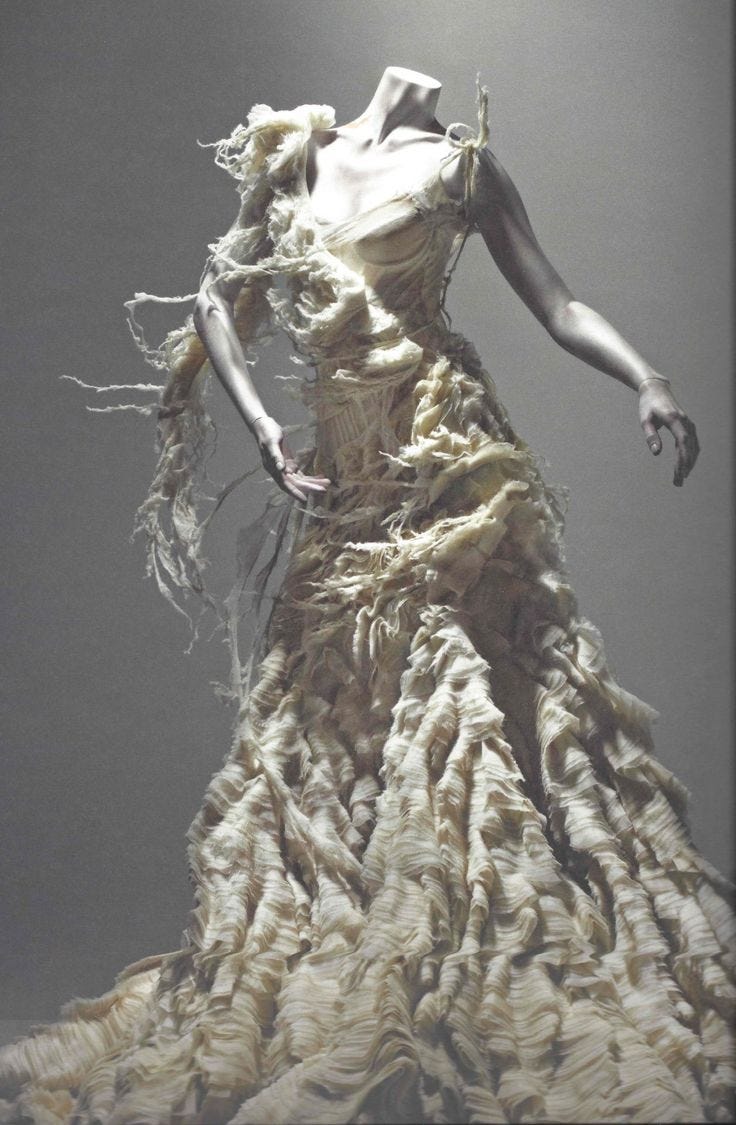
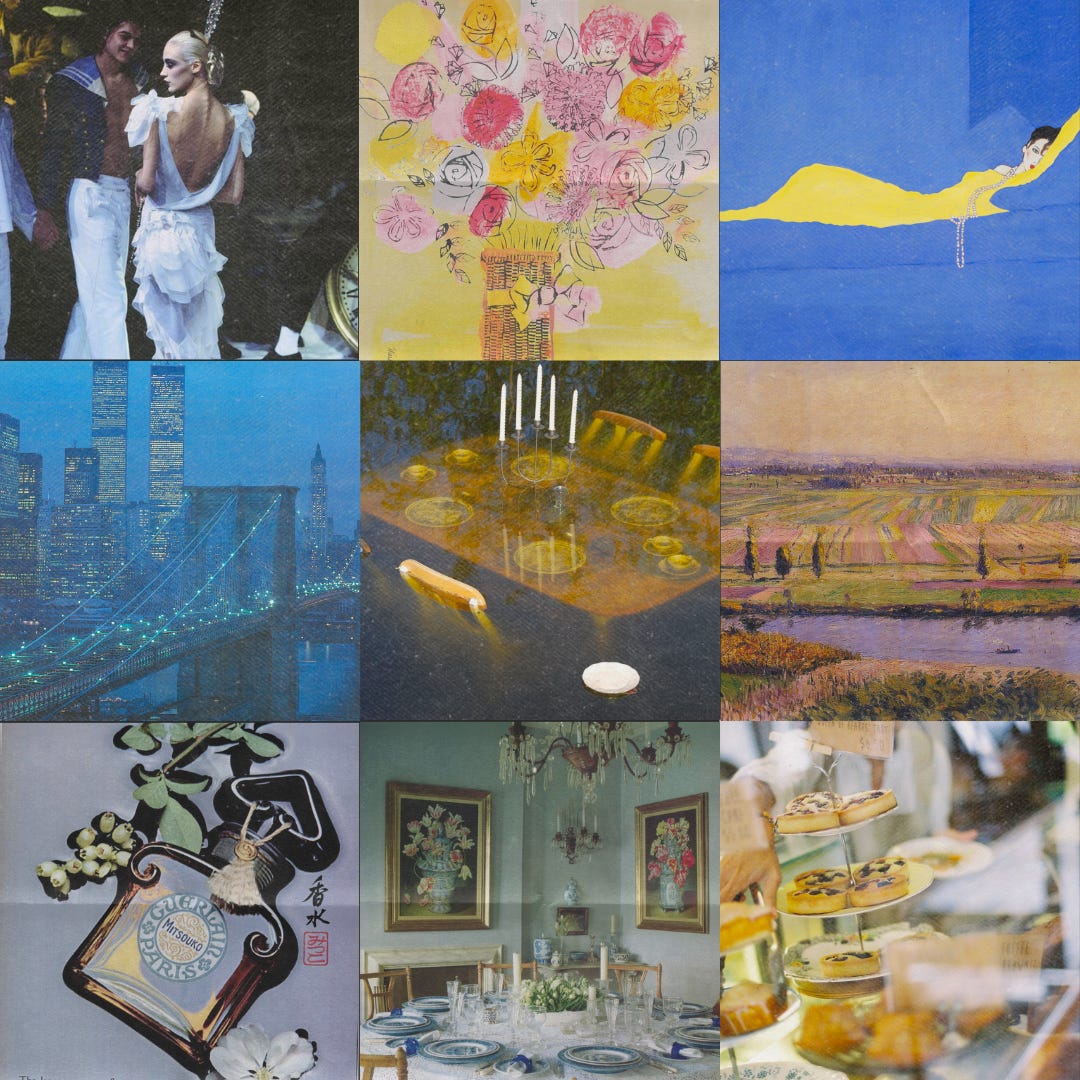
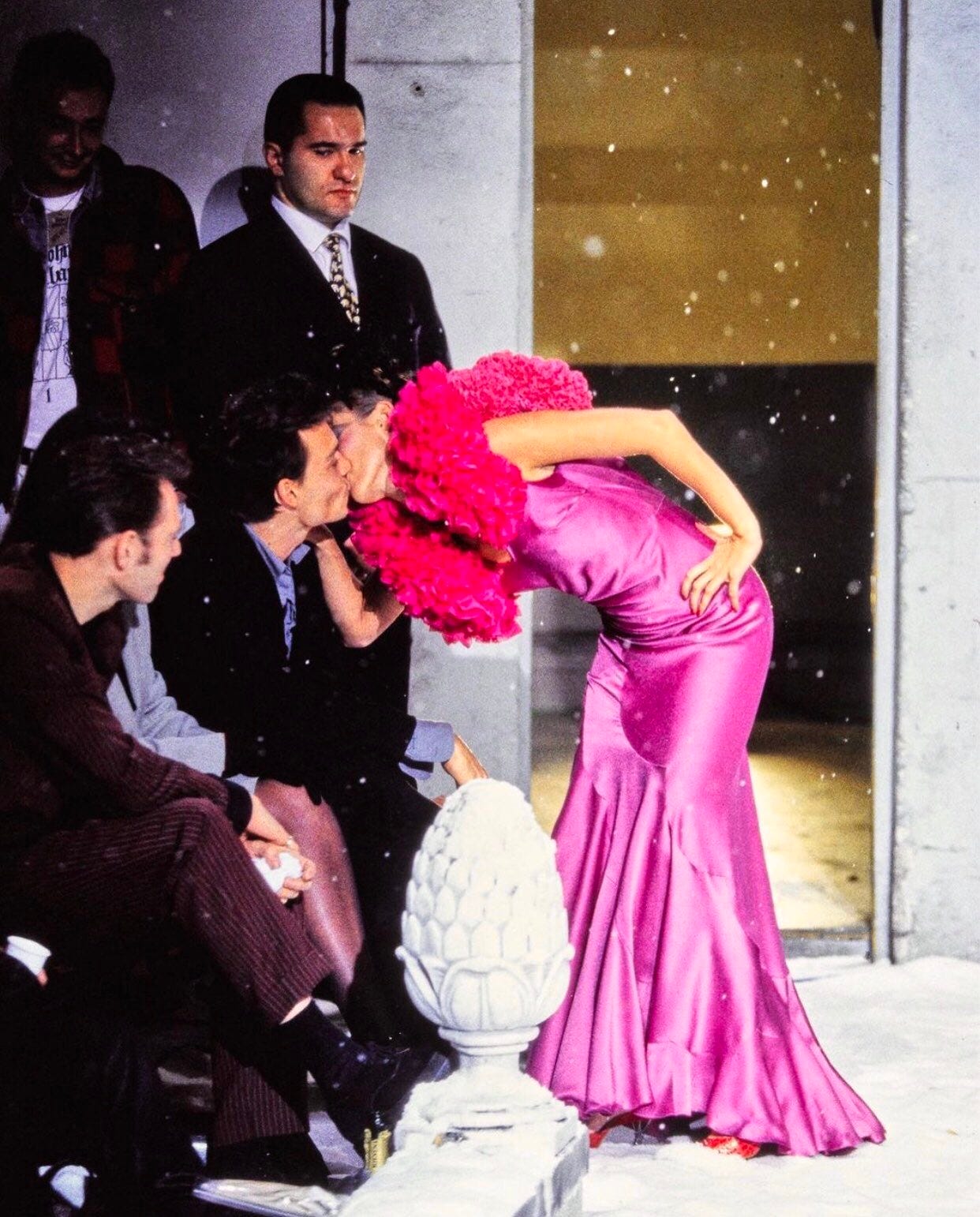
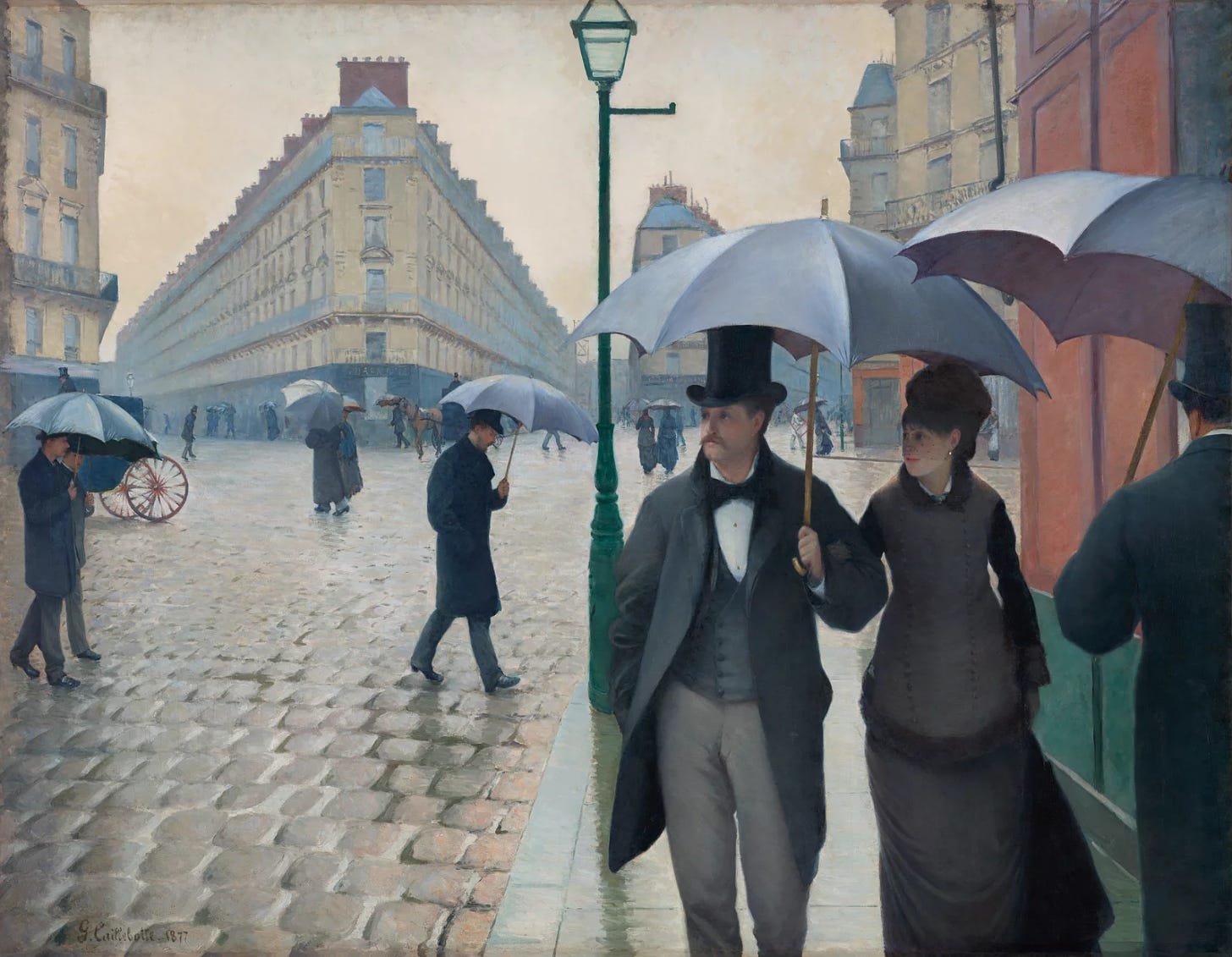
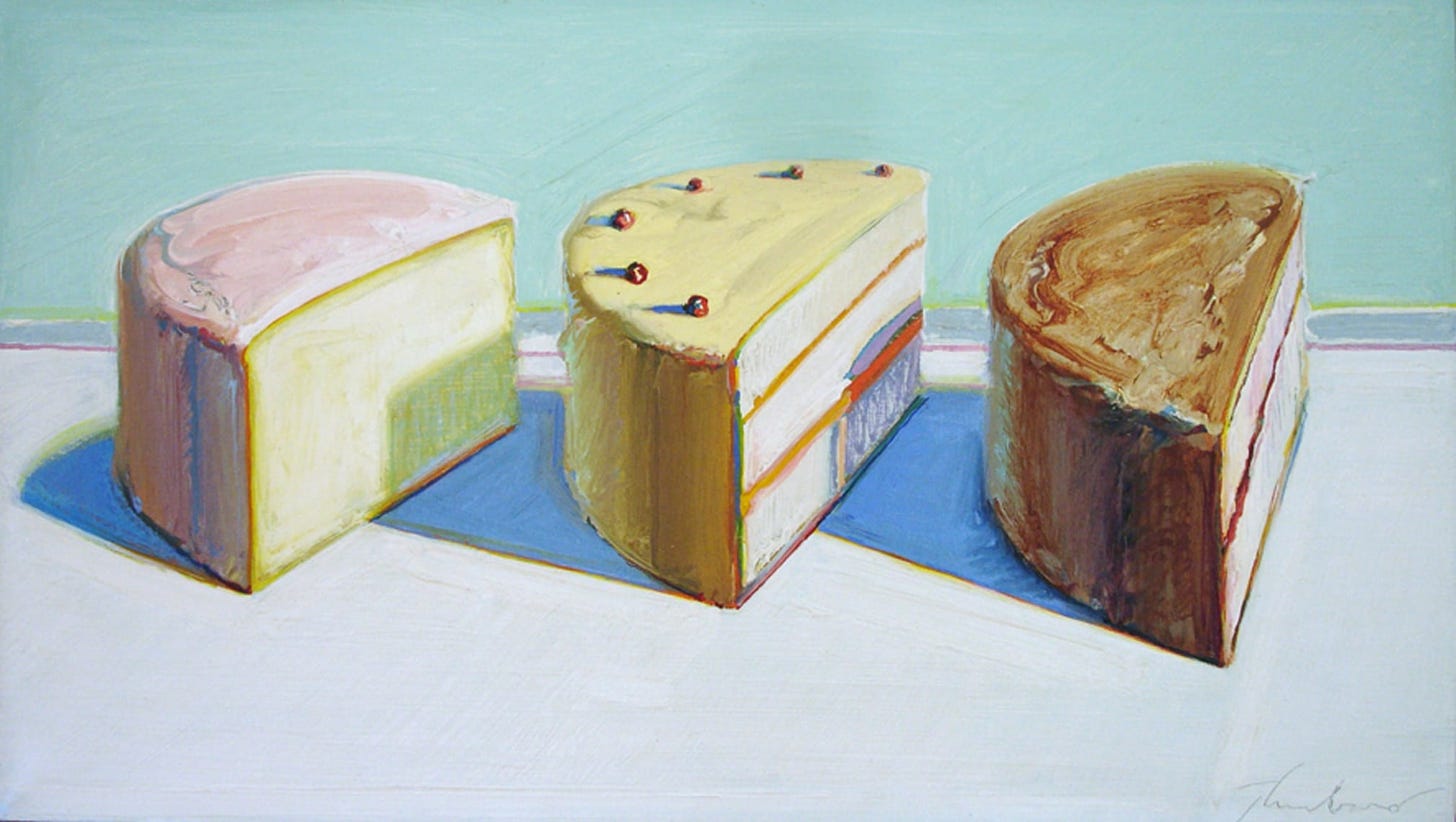
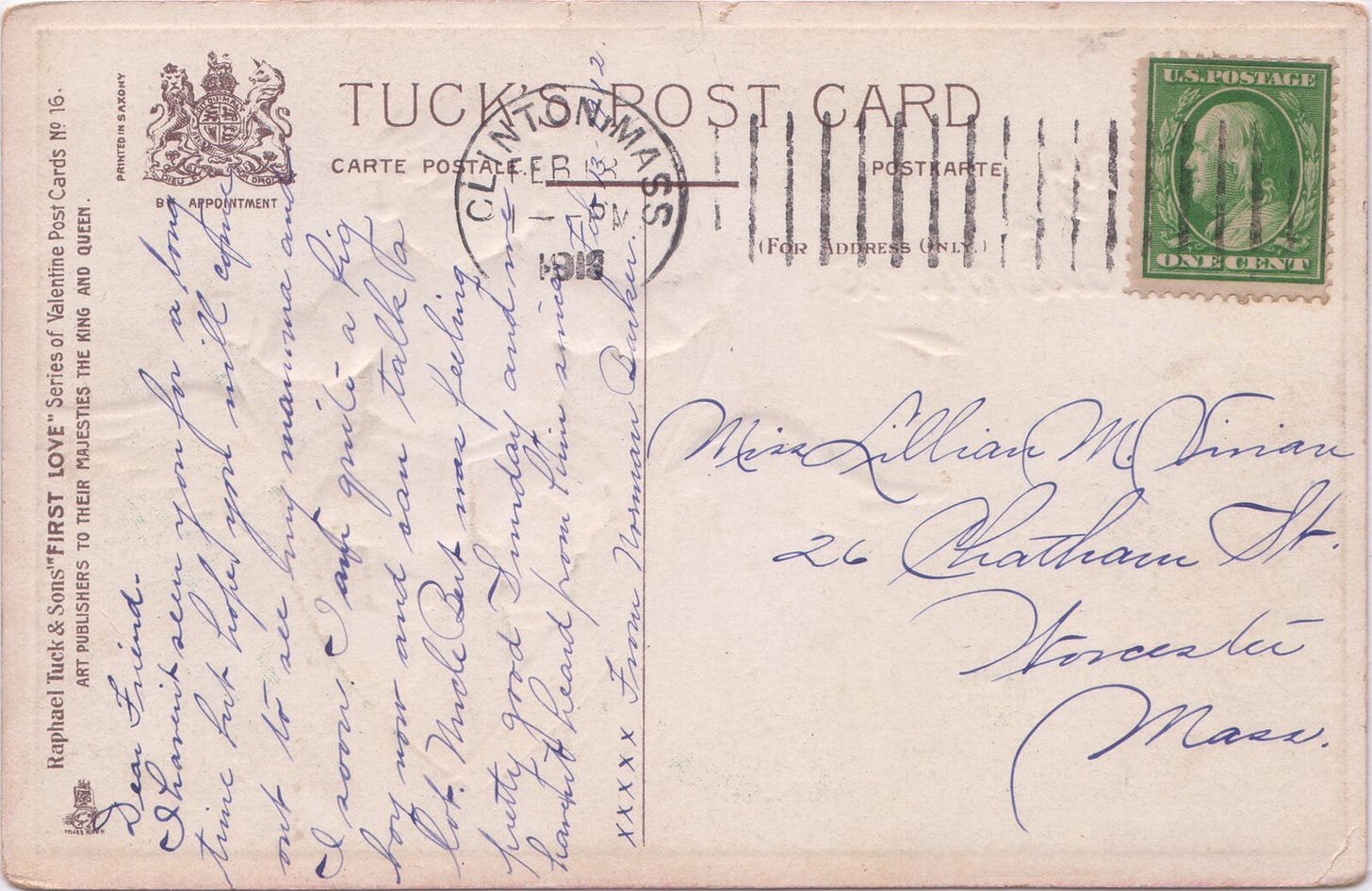
Ramya, I love your Friday Frivolities. It is a treat!
What a pleasant surprise to see George Herbert here! Meanwhile, I should definitely make peace with that I am a slow writer and just get to work, instead of complaining to myself on how long it will take me to finish a book.